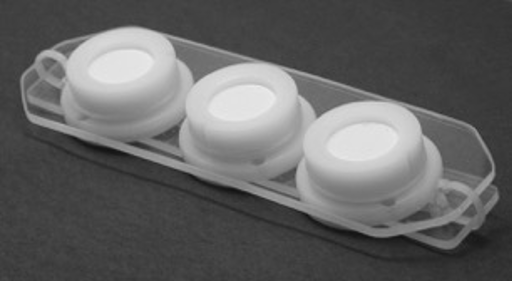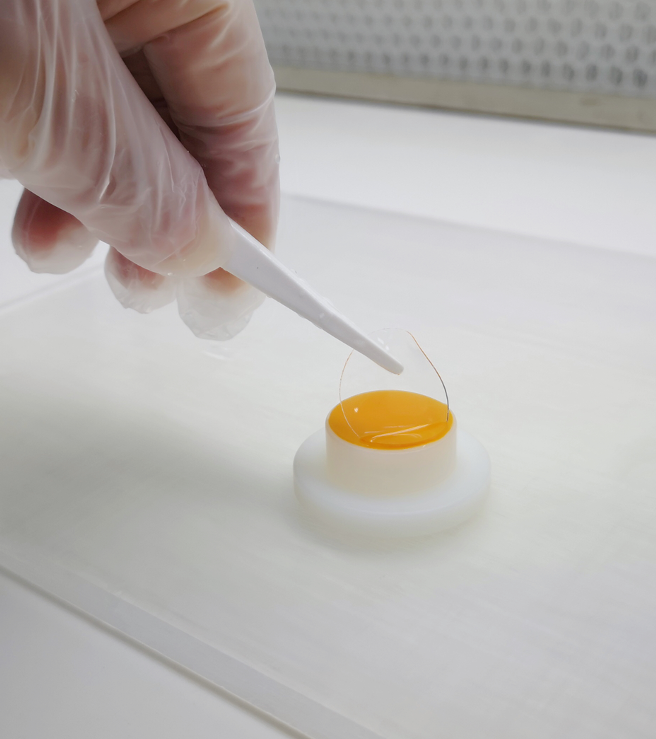Cd antibiotics Cu bisphenols Hg endocrine disrupting chemicals Pb household and personal care products Zn illicit drugs As nitrate As(III) nitrochloro benzenes Cr organophosphate flame retardants Sb pesticides and herbicides V perfluorinated compounds W psychiatric pharmaceuticals Co pharmaceuticals Tc sulfide U phosphate
Cd antibiotics Cu bisphenols Hg endocrine disrupting chemicals Pb household and personal care products Zn illicit drugs As nitrate As(III) nitrochloro benzenes Cr organophosphate flame retardants Sb pesticides and herbicides V perfluorinated compounds W psychiatric pharmaceuticals Co pharmaceuticals Tc sulfide U phosphate
Cd antibiotics Cu bisphenols Hg endocrine disrupting chemicals Pb household and personal care products Zn illicit drugs As nitrate As(III) nitrochloro benzenes Cr organophosphate flame retardants Sb pesticides and herbicides V perfluorinated compounds W psychiatric pharmaceuticals Co pharmaceuticals Tc sulfide U phosphate
Metals
Organic substances
Inorganic substances
Radionuclides
Contaminants in
Waters
Soils
Sediments
DGT® is the most widely used and versatile passive sampler. Its uses include water quality monitoring in marine and freshwater, and assessing soil and sediment contamination and processes.
Pioneering Science
DGT®’s invention in 1993 paved the way for a transformation in environmental monitoring. Many passive sampling measurements and their associated theory were pioneered using DGT®, as established in more than 1000 publications.
DGT® is manufactured by DGT® Research Limited in bespoke Class-100 trace metal and trace organic clean rooms under exclusive licence. It is available in a range of configurations designed for measuring a very wide range of substances in waters, soils and sediments.

Simple to use
- A low-cost disposable plastic device.
- Designed to selectively accumulate the chosen analyte(s).
- Analytes include metals, pesticides, personal care products, antibiotics, nutrients, radionuclides.
- Unique gel component ensures accurate measurement for all field conditions.
- Pre-calibrated and easy to deploy.
- Deployment times of days to weeks.
- Time-weighted average (TWA) concentrations.
- Automated deployment available.
- Mimics biological uptake.
- Measurements in waters, soils and sediments.
- High resolution 2D imaging.
- Comprehensive dynamic theory.

Definitions
What is a passive sampler?
The terminology originated for sampling analytes in air. In an active sampling device air is pumped to the analyte removal site whereas for passive sampling it simply diffuses. The terminology was adopted for water samplers that rely on diffusion.
What does DGT mean?
It stands for Diffusive Gradients in Thin-Films, which describes the mechanism of DGT where a controlled diffusion gradient is established in a layer of gel. It can be used as a simple passive sampler and as a more versatile tool for probing chemical and biological processes.
What is a dynamic technique?
From a physical chemistry perspective DGT is a dynamic rather than an equilibrium technique because it continuously removes analyte from the medium. Information can be gained on speciation in solution, and solid phase to solution transfer in soils and sediments because of the response of the medium to the removal.
